The Badger comprises a group of short, stout mammals in the Mustelidae family. Other members in the Mustelidae family, also known simply as mustelids, include otters, weasels, wolverines, ferrets, stoats, martens, minks, and more.
The species researchers originally called “Badger” was the European Badger and people typically refer to them simply by the simplified name. For that reason, this article will focus primarily on that species. Read on to learn about the Badger.
Description of the Badger
Like all of these animals, European or Eurasian Badgers have stout bodies and short legs. They measure about 2.5 ft. long and generally weigh between 15 and 40 lbs. or so. Their fur coloration is primarily grey across their back and sides.
The fur on their legs and across their eyes is black, while the rest of their heads and underbellies are white. Different subspecies of Europeans have slightly different patterns and colors.
Interesting Facts About the Badger
People know these animals for their tenacious attitude and their stocky build. Learn more about what makes them unique below.
- Mighty Males – When living in a group, most males defend females from other competing males. Badgers have a much more noble concern. Males do not defend their females from other males, but instead from predators. Fighting off a lion is a lot more attractive than fighting off another Badger!
- Double Dads – Of course, when you don’t chase off competitors, the competitors sometime succeed in breeding with your mate. Surprisingly, individuals in the same litter of Badger cubs can have different fathers.
- Wolf-Like – Like wolves, these animals live in family groups of about four or five individuals, known as clans. Also like wolves, only the “dominant” pair, who are the parents of the rest of the clan, reproduce. Most other members of the Mustelidae family live alone or in pairs.
- Sett For Sleep – This Badger species digs intricate tunnels, known as “setts.” They create multiple setts in their territory, and the entire clan lives in them together. The family spends most of the day inside their sett, and comes out to forage at night.
Habitat of the Badger
This species inhabits many different types of ecosystems. Their favorite habitat is woodland or forest and nearby meadows or fields. They also inhabit woods and areas near rivers and lakes, also known as riparian areas.
Some of the other habitats that they utilize include grassland, scrub, semi-desert, steppe, and more. Badgers also live in more urban areas, like farms, pastures, and even suburbs.
Distribution of the Badger
European Badgers live throughout much of Europe into western Asia and parts of the Middle East. Their range extends throughout nearly all of Europe, with the exception of the northernmost reaches of Norway, Sweden, and Finland, as well as Iceland. They also live in western Russia, parts of Syria, Iraq, Iran, and parts of Afghanistan, Turkmenistan, and the surrounding areas.
Diet of the Badger
These industrious animals are omnivores, and they eat a variety of different plant parts, insects, invertebrates, and small animals. Earthworms are their favorite food, and they often make up a large portion of their diet.
They also hunt for beetles, caterpillars, snails, lizards, wasps, birds, mice, rats, rabbits, and more. Fruits and grains also make up part of their diet, and they eat strawberries, pears, cherries, acorns, raspberries, corn, wheat, oats, and more.
Badger and Human Interaction
Because these creatures have such a wide distribution, and because they often live in close proximity to humans, conflicts do occur. The Badgers damage crops, gardens, yards, and eat small livestock.
Climate change also impacts them by changing their hibernation patterns and causing them to wake up before food is plentiful. The IUCN currently lists this species as Least Concern, and their populations are stable, but populations might decline as climate change grows in severity.
Domestication
Humans have not domesticated Badgers in any way.
Does the Badger Make a Good Pet
No, these stocky little creatures do not make good pets. They have sharp teeth and strong claws, both of which can definitely injure you if threatened. In most places it is also illegal to own one as a pet.
Badger Care
Zoos must take special care with Badgers to ensure they cannot tunnel out of their enclosures. They provide them with plenty of substrate to dig in, and also provide artificial tunnels to live in.
Because these are social creatures, most live in family groups. Zookeepers feed them a variety of different worms, mice, rats, and ground carnivore diet, as well as various fruits and berries. You can find this species in zoos across the world.
Behavior of the Badger
Badgers sometimes live alone, but most individuals form family groups known as clans. A clan contains a breeding pair and their offspring from the previous years. If the young want to reproduce themselves, they must form their own clan.
The family spends the day inside their sett, or burrow, sleeping until nightfall. At night, they move off on their own to forage for food alone. They search for food using their keen sense of smell and strong claws to dig into soil or rotting wood.
Reproduction of the Badger
Male and female Badgers live in family groups, but both will sometimes breed with other partners from different clans. After mating, the female undergoes a gestation period between 9 and 12 months long.
Most litters contain 3 cubs, though some contain up to 6. It takes about 2.5 months for the cubs to stop drinking their mother’s milk. Some cubs remain with their parents in their clan for several years.
Beliefs, Superstitions, and Phobias About the Badger
Many different pieces of artwork, literature, and mythology contain Badgers. They are characters in several different children’s books, including The Wind in the Willows and The Tale of Mr. Tod. Different folklore and legends also feature them, including Irish and German folklore.


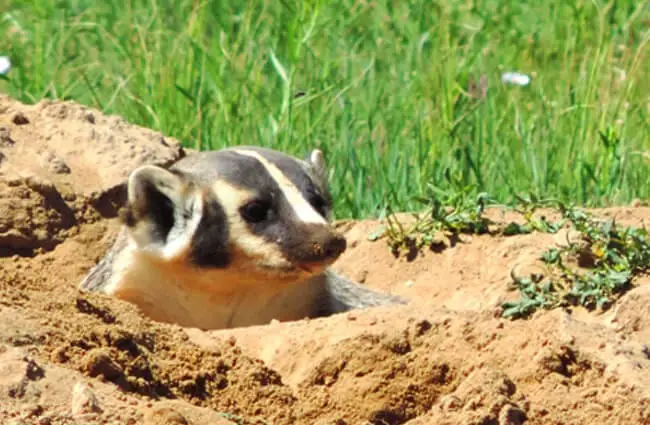
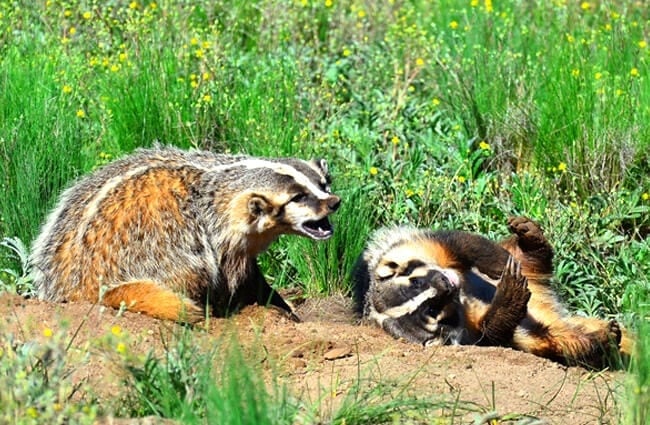


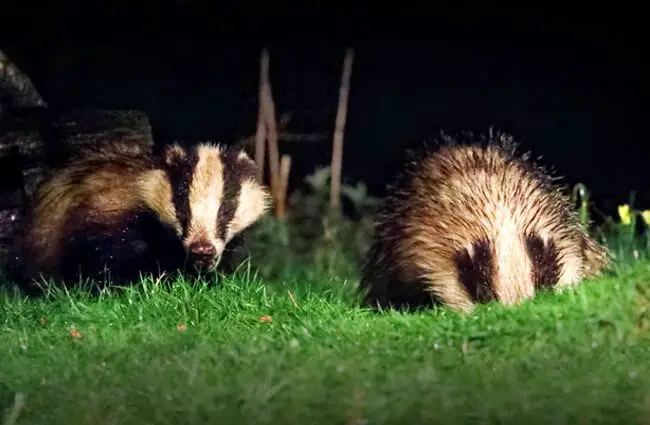
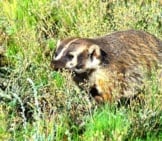

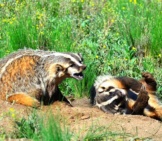
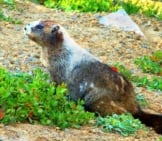
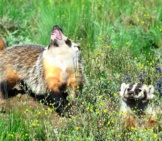

![Red Angus Closeup of a beautiful Red Angus cowPhoto by: U.S. Department of Agriculture [pubic domain]https://creativecommons.org/licenses/by/2.0/](https://animals.net/wp-content/uploads/2020/03/Red-Angus-4-238x178.jpg)












![Red Angus Closeup of a beautiful Red Angus cowPhoto by: U.S. Department of Agriculture [pubic domain]https://creativecommons.org/licenses/by/2.0/](https://animals.net/wp-content/uploads/2020/03/Red-Angus-4-100x75.jpg)

